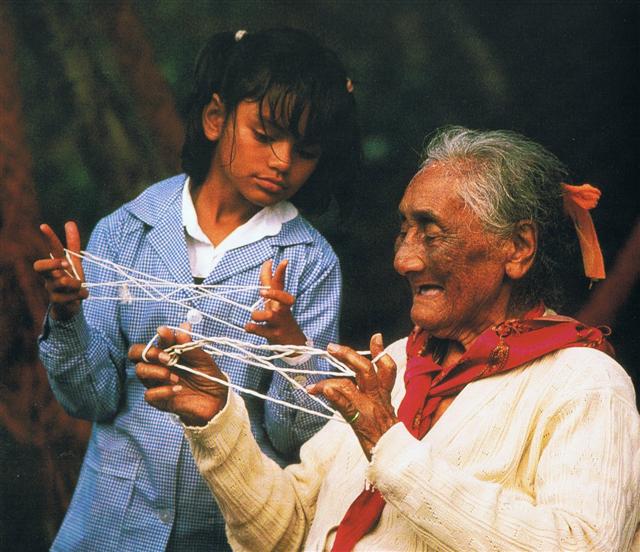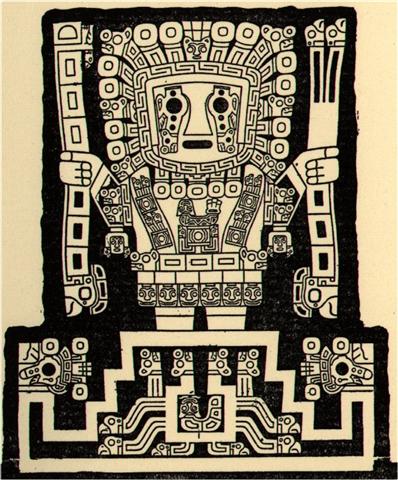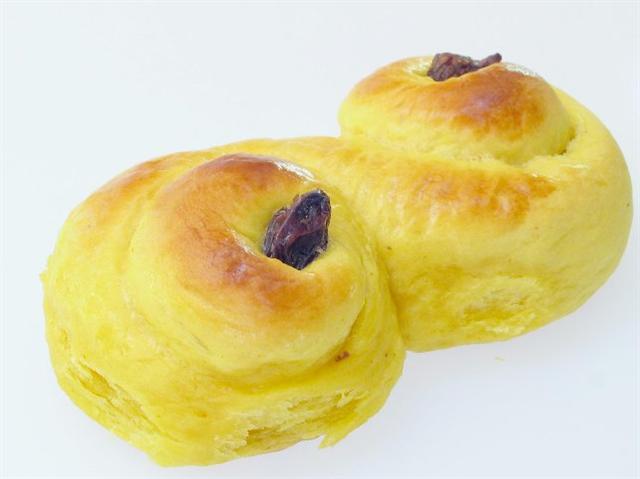11 * 11 = 121. The strange glyph has a symmetry reminding us of manu kake, but the signs are opposite.
Gb1-21 is not referring to the moving Sun but to a standing equilibrium in the night. The right part is only slightly higher than the left and the 'eyes' are hanging like droplets, with large 'pupils' visible and looking ahead. Pupils cannot be large in strong Sun light.
... The kaikai are the rythmic songs that are sung to cat's cradles, the string games that are found not only throughout the Pacific but throughout the world. On premissionary Rapa Nui the kaikai, together with their corresponding cat's cradles, were not simple children's games but were used, among other things, to produce magic effect. They were highly important for the study of Rapa Nui's rongorongo. This is because it was apparently with the aid of cat's cradles that the rongorongo experts taught their pupils to learn many of the chants accompanying the incised inscriptions.
... string games could be resumed after it was clear that the Sun had managed to leave the horizon and was rapidly gaining in altitude: 'Before the sun starts to leave the horizon ... when it shows only on the horizon, ... then string games were no longer allowed as they might lacerate the sun ...
pupil1 ... orphan who is minor and hence a ward ... one under instruction ... L. pūpillus, -illa orphan, ward ... of pūpus boy, pūpa girl ... pupil2 ... circular opening in the iris of the eye ... L. pūpilla ... secondary dim. of pūpa, girl, doll, pupil of the eye ... The application of the L. words to the pupil of the eye is based on, or parallel to, that of Gr. kórē maiden, girl, doll, pupil (the allusion being to the tiny images of persons and things that may be seen therein) ...
In rongorongo times December 13 (Lucia) was not at Gb1-21. In roman times Gb1-21 was in early 'January. Although the nakshatra night could have been regarded as number 184, and maybe significant. 364 = 184 + 180. However, it appears instead to have been the time of Bharani which here determined time:
At the time of Revati Gb1-21 would have corresponded to day 378 (because 394 - 16 = 378). A star which at the time of Revati was at the Sun would in rongorongo times once again become visible in the same day. For instance would at the time of Revati Albali have risen with the Sun in day 378 = 365 + 13 and in rongorongo times become visible in January 29 (= 13 + 16). There is a little knob at bottom in rau hei in Gb1-22, resembling that in tamaiti:
|
|||||||||||||||||||||||||||||||||||||||||||||||||||||||||||||||||||||||||||||||||||||||||||||||||||






